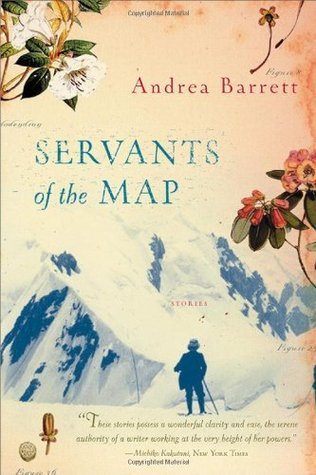What do you think?
Rate this book


"Luminous....Each [story] is rich and independent and beautiful and should draw Barrett many new admirers."—Publishers Weekly, starred review
Ranging across two centuries, and from the western Himalaya to an Adirondack village, these wonderfully imagined stories and novellas travel the territories of yearning and awakening, of loss and unexpected discovery. A mapper of the highest mountain peaks realizes his true obsession. A young woman afire with scientific curiosity must come to terms with a romantic fantasy. Brothers and sisters, torn apart at an early age, are beset by dreams of reunion. Throughout, Barrett's most characteristic theme—the happenings in that borderland between science and desire—unfolds in the diverse lives of unforgettable human beings. Although each richly layered tale stands independently, readers of Ship Fever (National Book Award winner) and Barrett's extraordinary novel The Voyage of the Narwhal, will discover subtle links both among these new stories and to characters in the earlier works.280 pages, Kindle Edition
First published January 1, 2002
